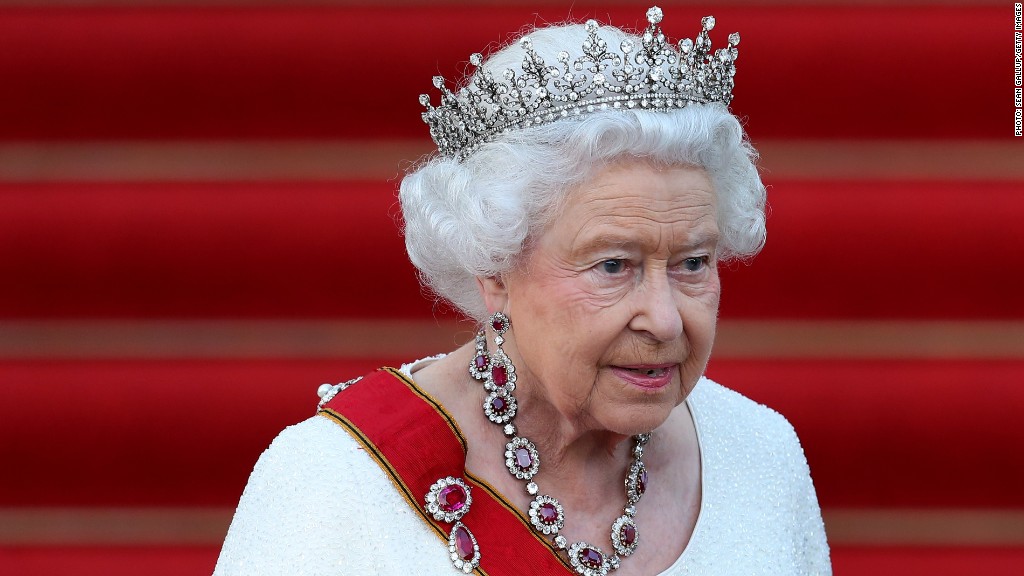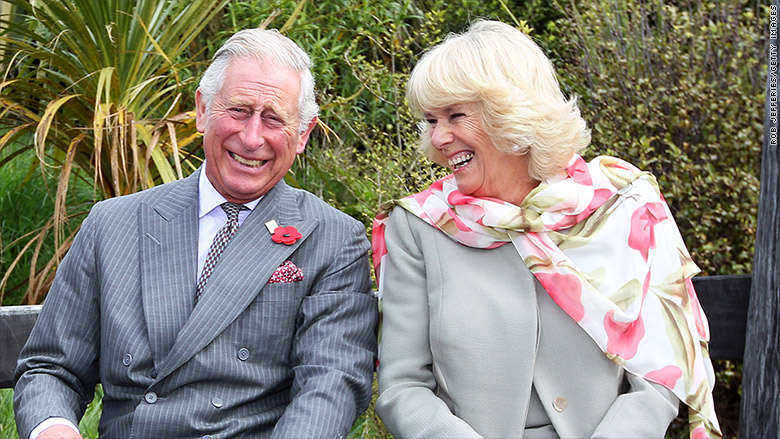
It appears to have been a bumper year for Britain's royal family, especially Prince William, his wife Kate and his brother Prince Harry.
Two sets of documents published Thursday provide new insights into how the royal family earned, distributed and spent its money in the financial year ended March 31.
The reports divide income and spending into broad categories that make analysis difficult, but the biggest change from years past involves William, Kate and Harry, who are known formally as the Duke and Duchess of Cambridge and the Duke of Sussex.
One of the official reports, which covers the finances of Prince Charles, shows the budget category that includes funding for William, Kate and Harry increased roughly 40% to £5 million ($6.6 million). One major caveat: The category also includes "capital expenditure" and Charles' savings.
In recent years, Prince Charles and his wife Camilla, the Duchess of Cornwall, have increased spending in the category at more modest rates of up to 10%.

Harry's wedding to Meghan Markle on May 19 has sparked huge public interest in their finances, but the royal family and British government have declined to give details about their wedding spending.
There's another potential explanation for the funding increase: William has taken on more royal responsibilities, and Charles may have provided more financing for his activities.

Related: 29 million people in the US tuned into the royal wedding
Prince Charles
Charles and Camilla rely on a mix of public and private money to finance their work and lives.
Over 90% of their income comes from a private estate, the Duchy of Cornwall, which was established in 1337 to provide an income to the heir to the throne. The Duchy of Cornwall owns and operates land in rural and urban areas, a collection of islands and rental cottages in places like Wales and Cornwall.
The new documents show the couple made £21.7 million ($28.6 million) from the estate in the year ended March, up about 5% from the previous year. They also receive some money from Queen Elizabeth II, which is predominantly used for official travel.

Queen Elizabeth II
The second new report covers the Sovereign Grant, which is the Queen's main source of income.
The Sovereign Grant is generated from the Crown Estate, a collection of UK properties and farms that bring in hundreds of millions of pounds each year. The vast majority of earnings go into government coffers, but 25% of the profits are given back to the Queen in the form of the Sovereign Grant.
The grant essentially acts as an expense account, covering the costs of travel, security, staff and the upkeep of royal palaces. The family took part in roughly 3,000 official engagements in the past year alone, with the Queen present at just over 150 of those.
The Queen received £76.1 million ($100.2 million) free of tax from the Sovereign Grant in the year ended March, a 78% increase from the previous year that will help finance an extensive 10-year renovation of Buckingham Palace. She'll get another 8% boost in the current financial year.
The report said the Queen's household also made additional income of £17.3 million ($22.8 million) last year from services like property rentals and facilities management.
Another important source of income for the Queen -- the Duchy of Lancaster -- is a private estate of commercial, agricultural and residential properties that dates back to 1265.
It generated £19.2 million ($25.3 million) in income during the 2016-2017 fiscal year. The estate will release updated financial information in July.
